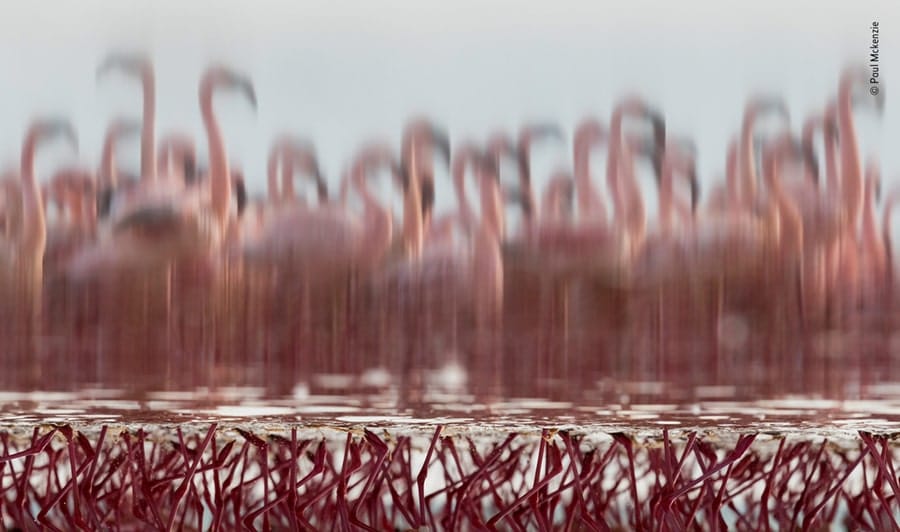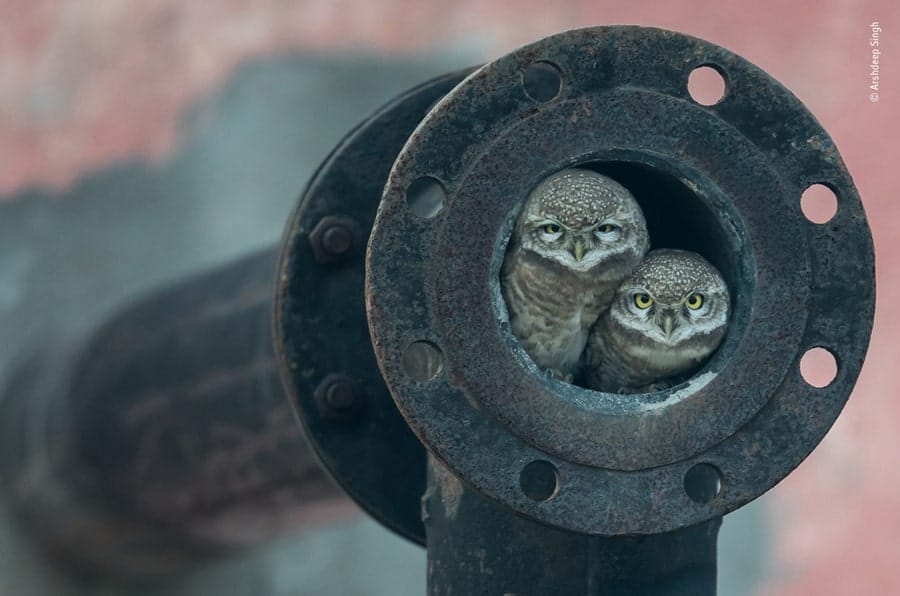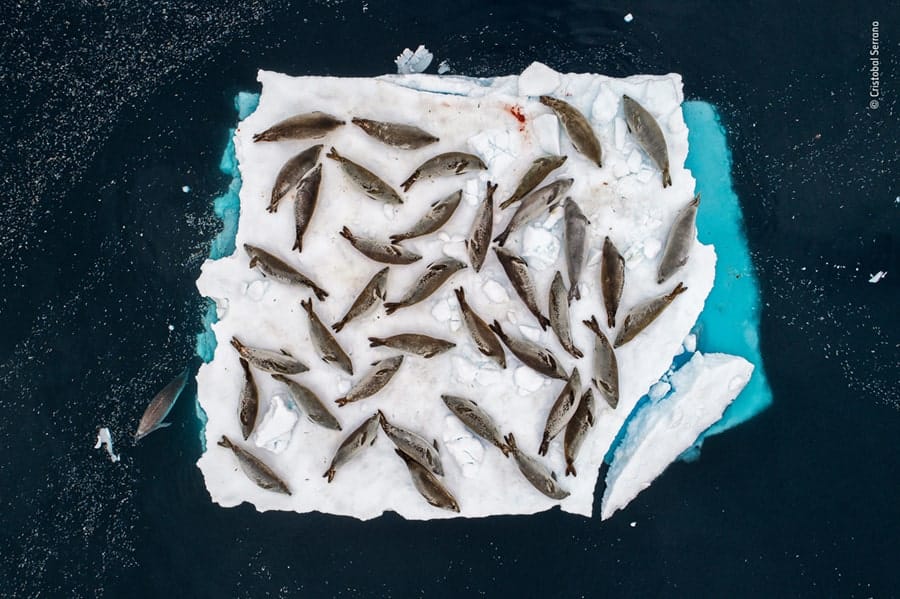
Modernization
Learn more about government’s intention to modernize the museum to protect our historic holdings and provide better access to our collections.

Join us on a remarkable visual journey through the natural world and admire the outstanding images in this year’s Wildlife Photographer of the Year exhibition. From February 15 to March 24, discover nature like never before through the lenses of award-winning photographers from around the world. From lounging leopards, hungry hellbender salamanders to playful Eurasian lynx kittens, the exhibition highlights the work of professional and amateur photographers and their incredible encounters with the natural world.
Travelling from London’s Natural History Museum, the exhibition began as a small-scale but well-respected photo competition in the BBC’s Animals magazine (now called BBC Wildlife Magazine) in 1965. There were only three competition categories and about 500 entries. Today, more than 50,000 entries are received from almost 100 countries across the globe.
Explore more than 100 images encased in huge backlit displays and marvel at the stories shared by the photographer explaining their shot. For those amateur photographers looking to step up their own shots, browse the technical details for more info about the photographer’s choice of camera, lens and shutter speed. We’ve picked a few photos to pique your interest:

The Upside Down Flamingos
Lying prone in a quagmire of thick, gooey mud, Paul spent an hour quietly nudging closer to this flock of flamingos. Eventually, he focused on the birds’ red legs, framing the shot to include their reflection. In post-production he rotated the image 180 degrees to create, as he describes, ‘a more abstract reflective image’.
Lesser flamingos find safety in numbers and tend to gather in large groups to protect themselves against predators. They feed almost entirely on blue-green algae, but will also feed on crustaceans. Gathering food by holding their beaks upside down in the water, they often synchronise, raising and lowering their heads to feed in orchestrated mass movements.

Pipe Owls
While driving with his father through the city, Arshdeep saw a bird disappearing into an old waste-pipe. He asked to stop the car, then primed his father’s camera and telephoto lens, kneeling up on the seat and resting it on the half-open window at eye-level. It wasn’t long before a spotted owlet emerged, followed by a second. Both stared right at him.
Spotted owlets traditionally nest in tree hollows, where the female lays up to five eggs. Although common in the Punjab, these small birds are rarely seen in the day, as they are nocturnal. This breeding pair – the larger female on the left – is among those using urban nesting sites following widespread deforestation in the region.

Bed of Seals
The sea was relatively calm when Cristobal launched his drone from a small rubber dinghy in the Errera Channel of the Antarctic Peninsula. Rising above the sea, the drone revealed a small ice floe spilling over with crabeater seals. Part of the ice was splattered red with their excrement – the digested remains of their favourite food, krill.
Crabeater seals are gregarious, and if space allows they will cluster on ice floes in their hundreds. The seals are dependent on the ice – they rest and breed on top of it, but also feed on the krill that shelter underneath. As a result, a decline in sea ice not only strips these seals of places to haul themselves out of the water but also threatens the availability of their food supply.
Get your admission tickets online here. For our friends in Seattle who don’t want to miss out on seeing Wildlife Photographer of the Year, check out the Victoria Clipper’s Overnight Package with Royal BC Museum admission.